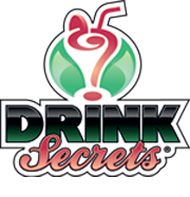Eggnog
Eggnog
A popular drink in the United States, Canada and Luxembourg and it is mostly consumed during New year and Christmas, in the United states it is also consumed during Thanksgiving. The non alcoholic versions of the drink usually starts appearing in stores in the beginning of November in the countries where it is a custom to drink. Noted should be that even if eggnog is usually only consumed during the winter holidays, historically it has simply been a winter beverage.
Eggnog is a beverage flavored with ground cinnamon and nutmeg, it also exists in alcoholic versions with different liquors added to it. The drink is a so called dairy based beverage with ingredients such as milk, cream, sugar and beaten eggs, originally it used to only contain milk and beaten eggs, but the sugar and cream adds to the sweetness of it. The different kinds of alcoholic versions also include brandy, rum, whiskey and/or advocaat.
Eggnog did not cross the Atlantic and arrive to the English colonies until the 18th century, but since the popular additions of wine and brandy were both heavily taxed, the cheaper substitute rum was more commonly used. It is not certain where or even how the first eggnog came to be, but it is believed that the first eggnog was made in East Anglia, England. It is also debated that it was first made from the medieval European dairy based beverage called posset.
It is even uncertain where the name eggnog came from, although there are a few different theories as to where it came from: The “nog” part of the name is thought to originate from the old English word “noggin” which is a noun describing a small, wooden, carved mug used to serve alcohol. “Egg-and-grog” used to be a common Colonial term to describe rum which over time could have changed into “egg'n'grog” and then eventually becoming “eggnog”.
































































